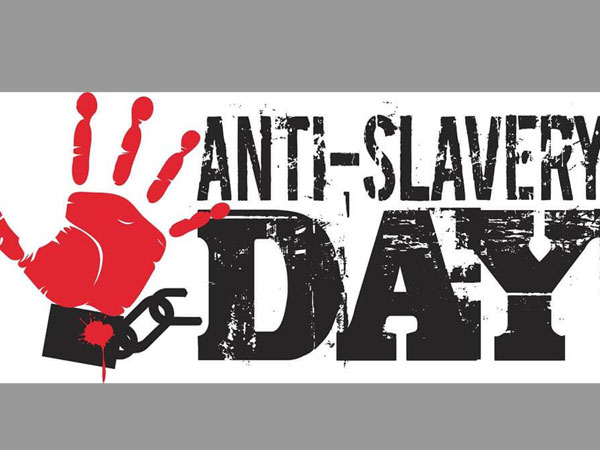
Every year on 23 August, the United Nations observes “International Day for the Remembrance of the Slave Trade and its Abolition” to engrave the tragedy of the slave trade in the memory of all peoples.
The day is marked to honour the memory of those men and women, in Saint-Domingue in 1791, who revolted and eventually paved the way for the end of slavery and dehumanization.

Importance of the International Day for the Remembrance of the Slave
Trade and Its Abolition: An Overview
The International Day for the Remembrance of the Slave Trade and its Abolition is a day to learn and think about the stories of the victims of slavery and the transatlantic slave trade. Also, to pay tribute to the millions of people from Africa who were torn apart from their country and communities and to stand up in unanimity against the prevalence of racism universally.
Today, still, people of African descent continued to be confronted by racial discrimination, marginalization and ostracism. The imbalances prevalent across political, economic and structural power are entrenched in colonial rule, enslavement and exploitation, denying equal opportunity and justice. On this day, we should stand against racism and jointly build societies based on dignity, equality and solidarity.
History of the Day: The Beginning of the Uprising
It was on the night of 22 and 23 August, 1791, in Santo Domingo (in today’s Haiti and the Dominican Republic) that we saw the start of the rebellion that would play a very crucial role in the abolition of the transatlantic slave trade. On this background is the International Day for the Remembrance of the Slave Trade and its Abolition is honored on 23 August each year.
The day was first celebrated in a number of countries, particularly in Haiti on 23 August 1998 and at Goree in Senegal on 23 August 1999.

What Is Slave Trade?
Centuries ago, in the course of imperialism, the ideology of racism was based upon unfair political, social and economic practices. Eventually, this enabled imperialist powers to build their own industrialized world. Consequently, the slave trade was an unjust result of imperialism and racism.
The transatlantic slave trade involved the transport of enslaved African men, women and children by slave traders across the Atlantic mainly to the Americas. It was one of the darkest chapters of human race in the history of mankind where in a particular human race was used as a commodity in the market to be bought and sold to the highest bidders.
In India, the indentured slave trade started in 1834 and lasted till 1922, resulting in the growth of a large diaspora of Indo-Caribbean, Indo-African and Indo-Malaysian heritage that continued to live in the various parts of the world such as Caribbean, Fiji, Réunion, Natal, Mauritius, and Malaysia.
Specifically, the transatlantic slave trade is very frequently studied and discussed at the macro level. The transatlantic slave trade was a phenomenon that was characterized by unparalleled mass human trafficking, humiliating economic transactions and disgusting human rights violations. But when we examine the transatlantic slave trade from the micro level point, it reveals its true brutality. Behind these facts and figures more than million human stories of exploitation and brutality.
There were stories of people who were torn from their homelands and relatives. There were stories of those who struggled against their persecutors. Then there were stories of those people who overcame against all odds or succeeded or won their freedom. Those stories continued across the globe with people struggling together against the transatlantic slave trade’s most lasting legacy of racism.

Theme
The theme of the International Day of Remembrance of the Victims of Slavery and the Transatlantic Slave Trade for 2022 is “Stories of Courage: Resistance to Slavery and Unity against Racism”.

The Outreach Programme and Education
The Outreach Programme on the slave trade was established in 2006 with the adoption of United Nations General Assembly Resolution 61/19. The programme is mandated by the United Nations General Assembly to mobilize remembrance of the victims of the slave trade and to educate about its causes and consequences as well as to communicate the dangers of racism and prejudice.
Importantly, we should learn from the history and listen to the stories people wo were taken away stolen from their home, children who were snatched away from their families and fathers and mother who were tortured till they dropped dead.
We should discuss the legacy of slavery, especially the marginalized people of African descent, who are still denied justice and equality. We must stand in solidarity and united against these inequalities.